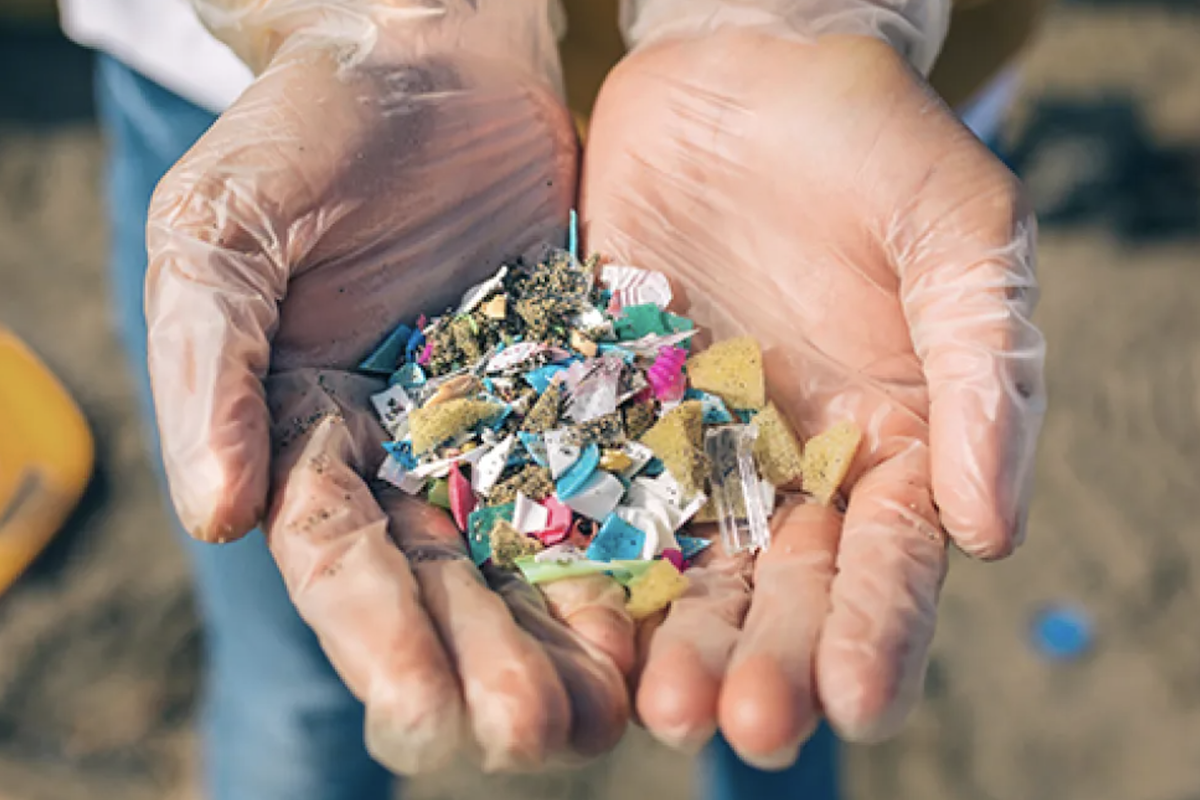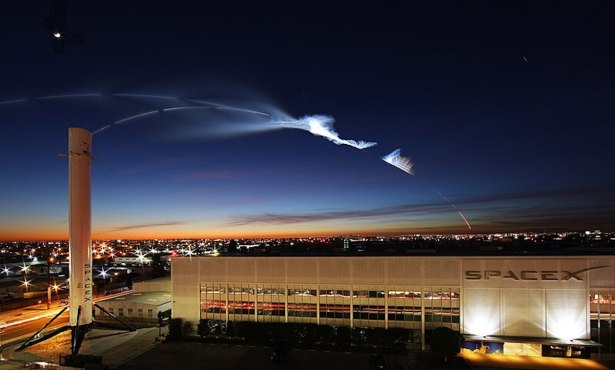City of Santa Barbara Awarded $1.26M to Research Microplastic Pollution Prevention
‘Clean Streets, Clean Seas’ Project to Provide First Measured and Reported Results on Potential Impacts of Urban Street Cleaning on Reducing Spread of Harmful Microplastics

Microplastics are tiny, often inconspicuous pieces of plastic that make up a widespread infestation — they’re in our streets, the air we breathe, our creeks and oceans, the food we eat, and the water we drink.
They’re smaller than a pencil eraser, but harmful enough that organizations are dedicating millions of dollars to intercept their spread.
Last week, the City of Santa Barbara’s Sustainability and Resilience Department announced that $1.26 million was awarded to the city Creek’s Division, in partnership with the University of Southern California Sea Grant Program, to fund microplastic pollution research.
“The Creeks Division’s research on decreasing the amount of microplastics reaching our creeks and ocean complements the City’s ongoing efforts to reduce the impacts of single-use plastics in Santa Barbara,” said Sustainability & Resilience Director Alelia Parenteau.
According to Kacey Drescher, the city’s communication specialist, microplastics can “absorb and carry pollutants, leach harmful chemicals into the water, and are often mistaken for food by wildlife.” They often are the spawn of larger plastic products that have broken down into smaller and smaller pieces due to sun, wind, and wave exposure.
Fieldwork will take place in the City of Santa Barbara, as well as San Francisco and Los Angeles, to measure the impacts of street sweeping and trash capture devices on microplastic debris in stormwater runoff, which transports the bulk of microplastic pollution to the sea.
The project, “Clean Streets, Clean Seas: Innovating Public Works to Intercept Microplastics in Urban Runoff,” will provide the first measured and reported results on the potential impacts of urban street cleaning on reducing microplastic pollution.
“This project will determine how to remove microplastics from impervious urban surfaces to the greatest extent possible, as soon as possible, from as many acres as possible, in order to protect our streams, estuaries, and oceans from harmful pollution,” said Jill Murray, Creeks Division water quality research analyst.
The work will be carried out in collaboration with the City of Santa Barbara, the University of California Santa Barbara, the San Francisco Estuary Institute, the Southern California Coastal Water Research Project, the Moore Institute for Plastic Pollution Research, WSP U.S.A., and Cascade Water Resources.
The $1.26 million is part of a larger, $27 million funding effort by the National Oceanic and Atmospheric Administration (NOAA) to address the prevention and removal of debris in marine and Great Lakes environments throughout the country.
Clean Streets, Clean Seas is one of 29 competitively selected projects through two opportunities supported by the Bipartisan Infrastructure Law and leveraging funds from the Inflation Reduction Act: The Marine Debris Challenge Competition and the Marine Debris Community Action Coalitions.
The Sustainability & Resilience Department will bring the item to the City Council to accept the grant funding in August.



